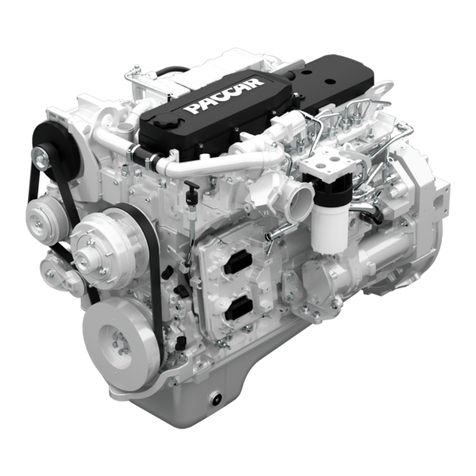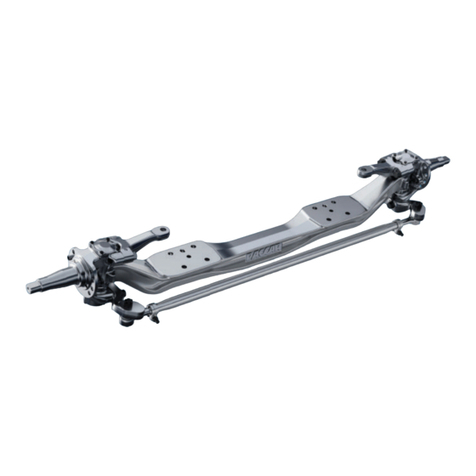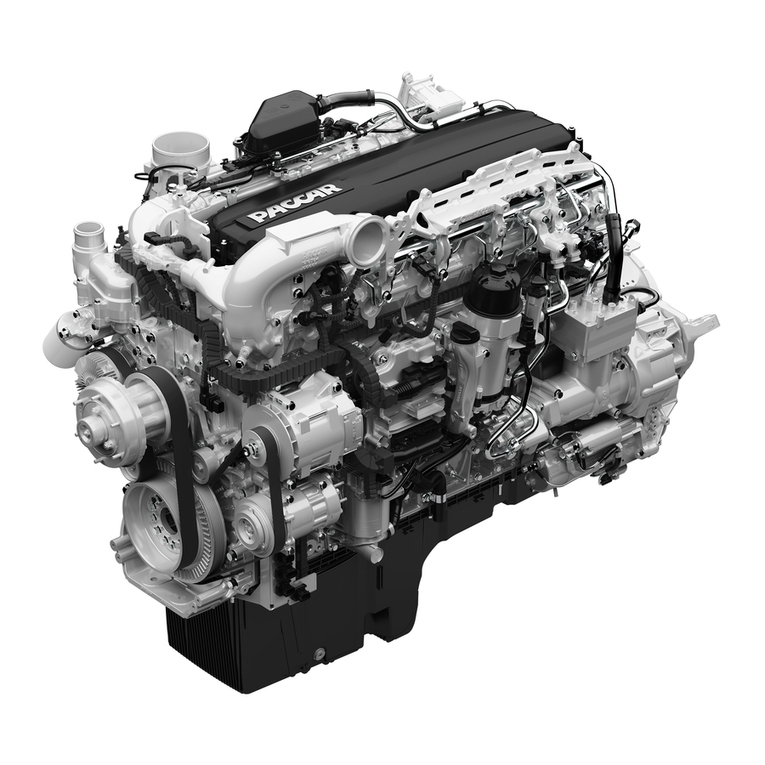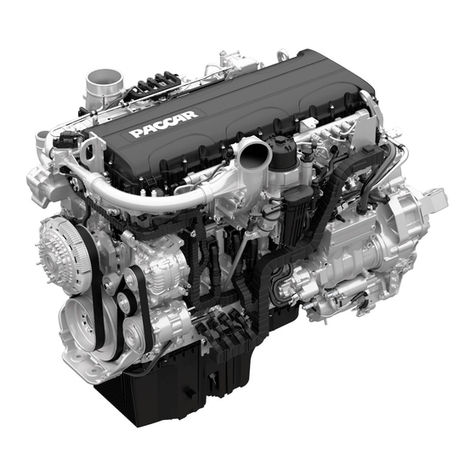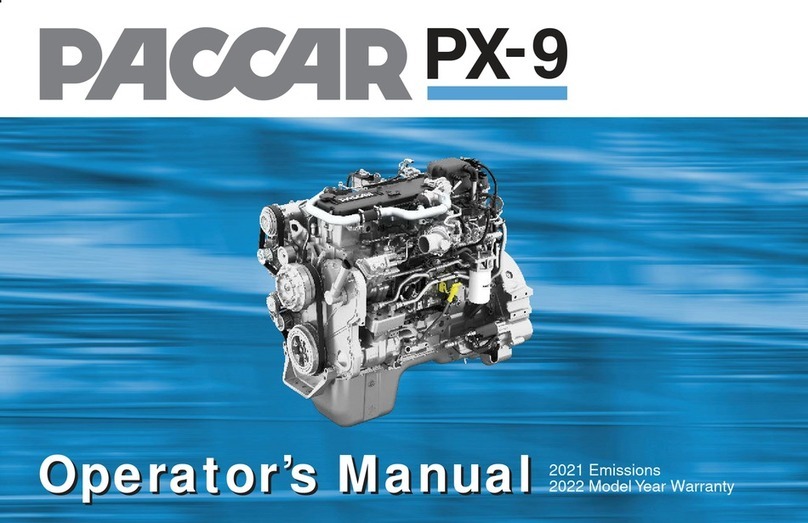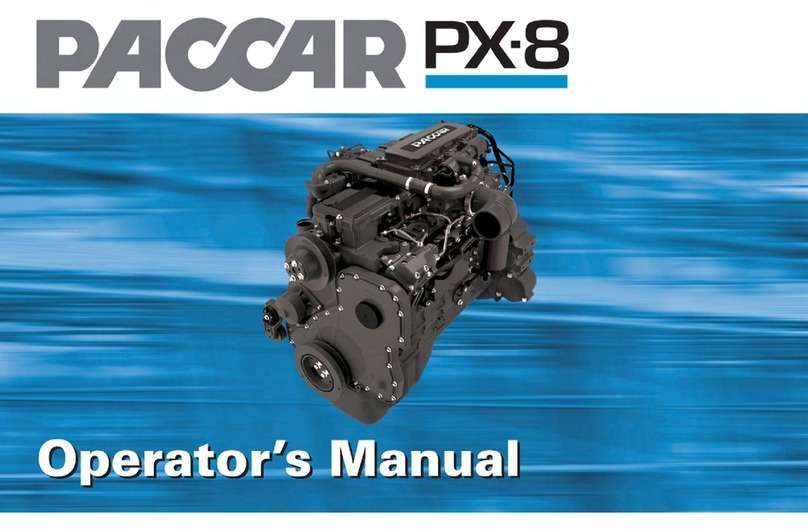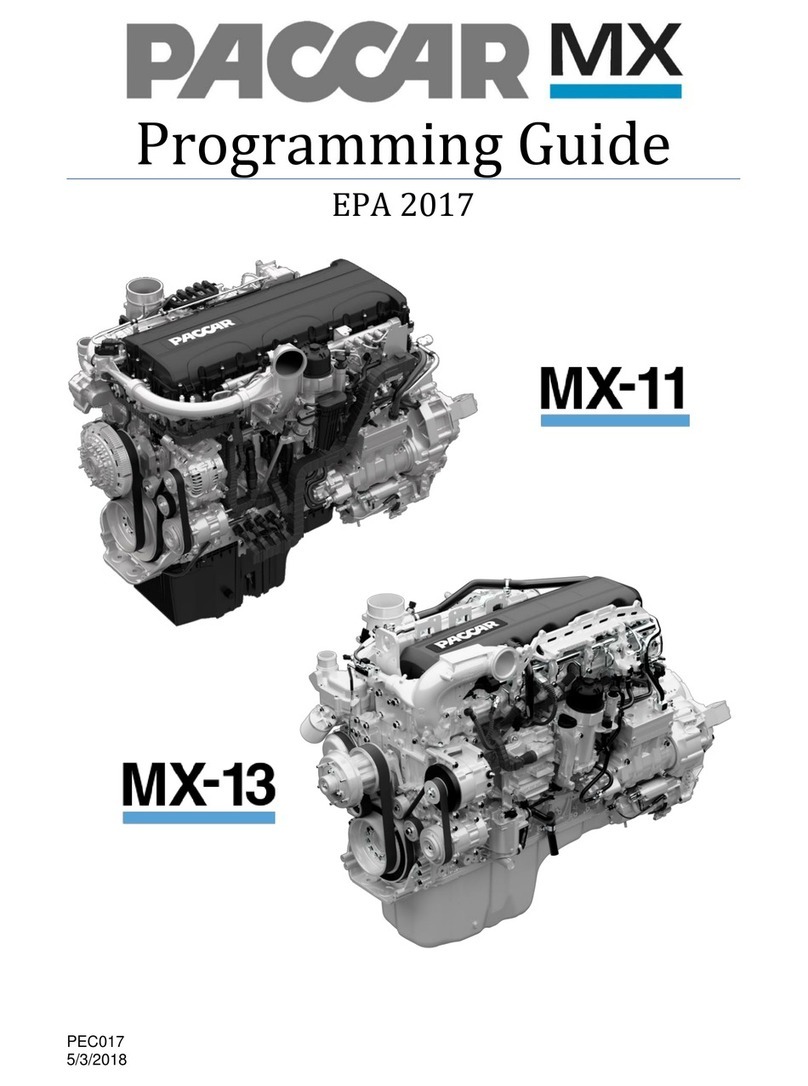
Safety - Introduction
Using this Manual
Please take the time to get acquainted with
your vehicle by reading this Operator’s
Manual. We recommend that you read and
understand this manual from beginning to
end before you operate this equipment.
This manual contains useful information for
the safe and efficient operation of this
equipment. It also provides service
information, with an outline for performing
safety checks and basic preventive
maintenance inspections. We have tried to
present the information you’ll need to learn
about functions, controls, and operation—
and to present it as clearly as possible. We
hope you’ll find this manual easy to use.
There will be times when you need to take
this manual out of the glovebox. When you
do, please be sure to return it when you
are finished using it. That way it will be
there when you need it the next time or
when you pass the vehicle on to the next
user.
NOTE
After you’ve read this manual, it should
be stored in the cab for convenient ref-
erence and remain with this truck
when sold.
Your vehicle may not have all the features
or options mentioned in this manual.
Therefore, you should pay careful attention
to the instructions that pertain to just your
vehicle. In addition, if your vehicle is
equipped with special equipment or options
not discussed in this manual, consult your
dealer or the manufacturer of the
equipment.
There are several tools built into this
manual to help you find what you need
quickly and easily. First is the Quick Table
of Contents. Located at the front of the
manual, this lists the main subjects
covered and gives section numbers where
you can find these subjects. Use the Quick
Table of Contents to find information on a
large subject like “Maintenance.” Cross-
referenced citations also help you get the
information you need. If some other part of
the manual contains further information on
the subject you are reading about, we’ll
indicate that in a cross-reference like this:
(See Driver’s Check List on page xx). You
won’t have to go searching for more
information. Finally you’ll find a helpful
Subject Index. It’s in the back of the
manual and alphabetically lists the subjects
covered. So if you want information on
brakes, for example, just look under Brake
in the Subject Index. You’ll find all the
pages listed where brakes or braking are
discussed.
Safety Alerts
Please read and follow all of the safety
alerts contained in this manual. They are
there for your protection and information.
These alerts can help you avoid injury to
yourself, your passengers and help prevent
costly damage to the vehicle. Safety alerts
are highlighted by safety alert symbols and
signal words such as “WARNING”,
“CAUTION”, or “NOTE”. Please DO NOT
ignore any of these alerts.
Warnings
ENGINE OPERATION - Safety - Introduction
6 Y53-1185-1D1 (09/16)
1

